Utility-Scale Solar Power Plants
Decarbonization
Commercial & Industrial
Green Businesses
Residential

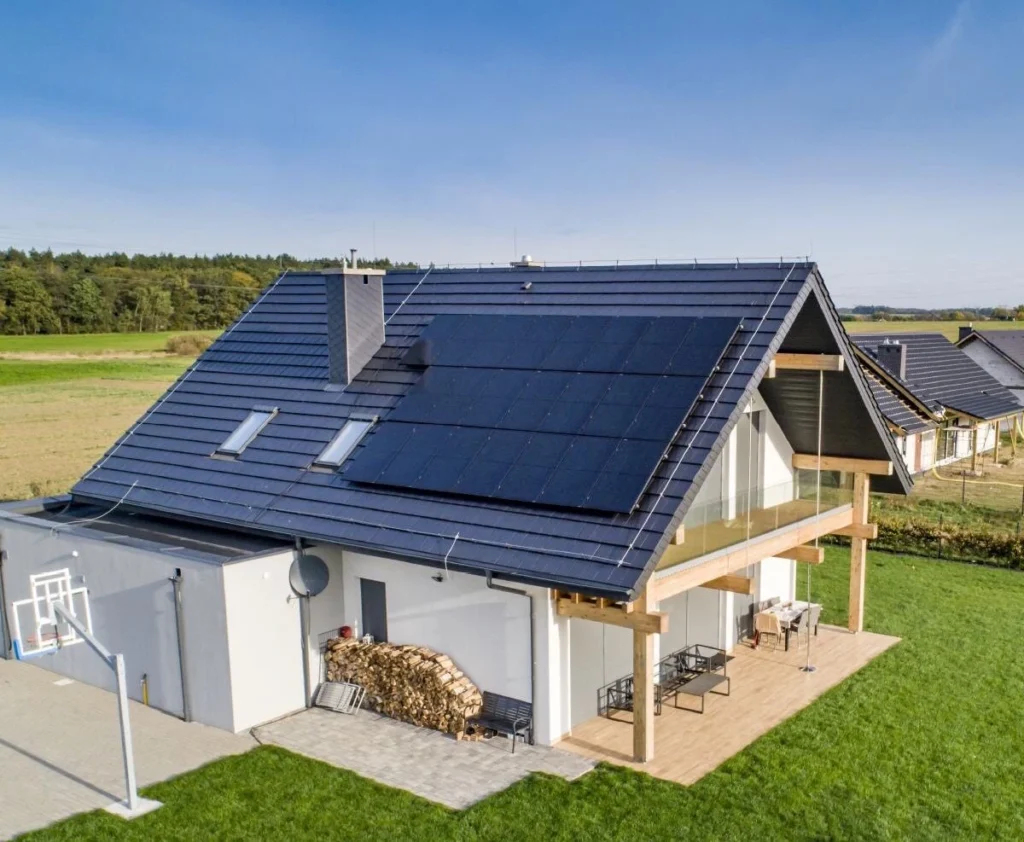


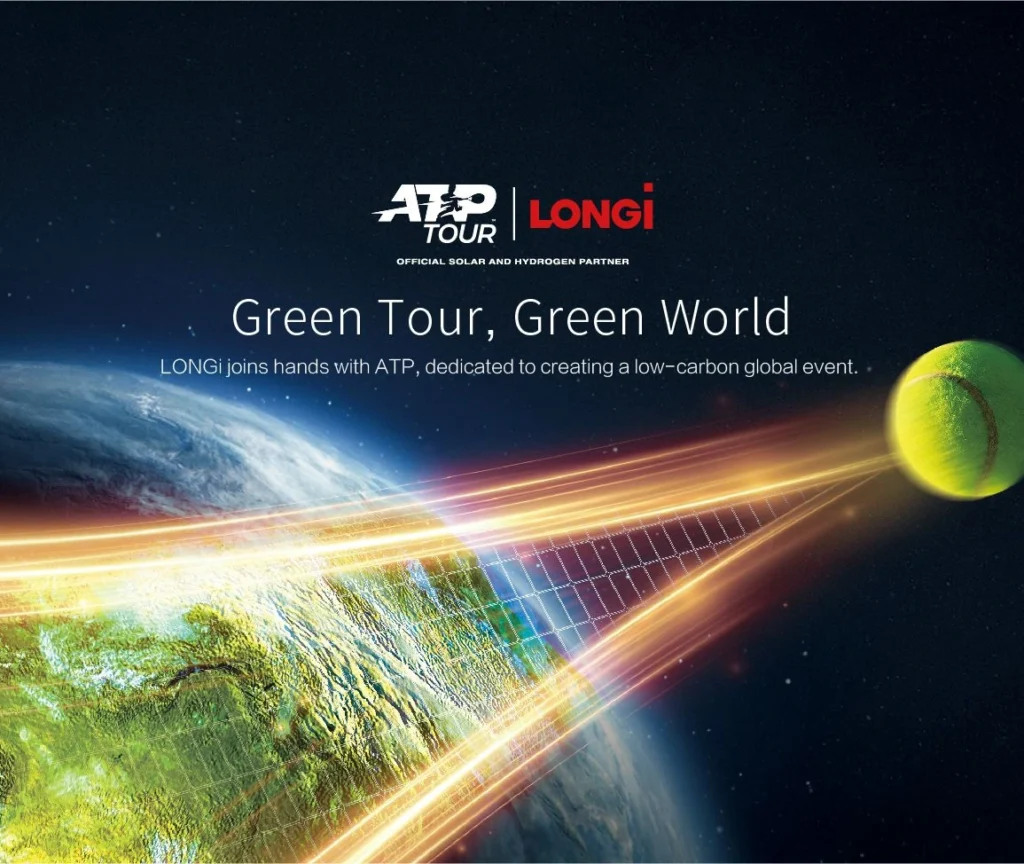







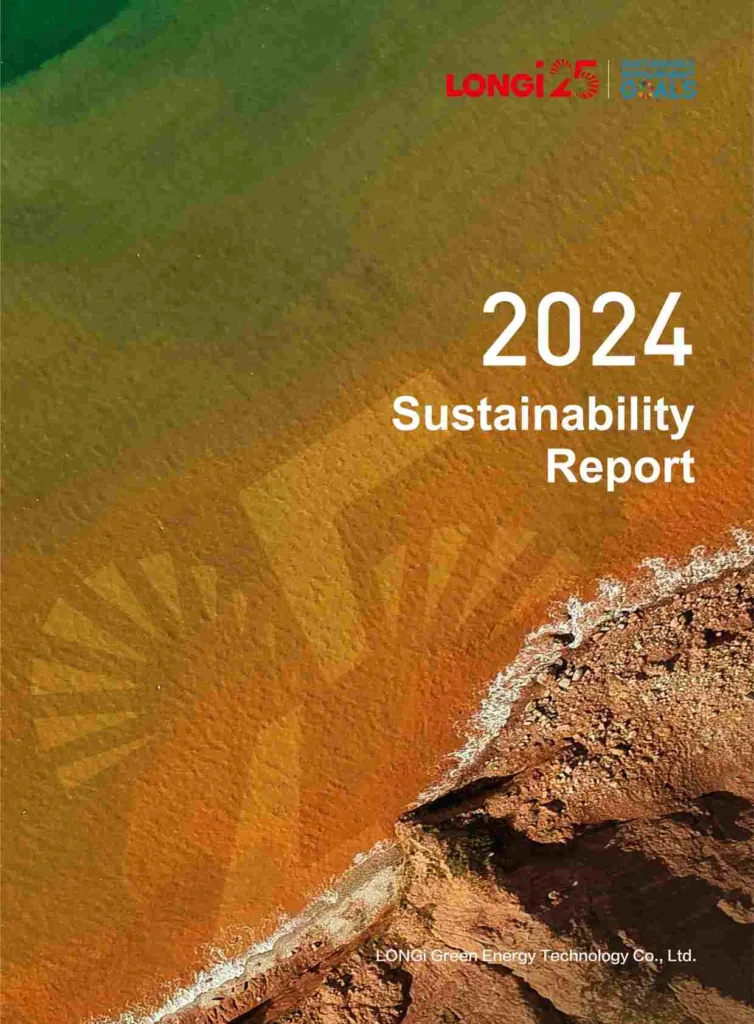


Eco-friendly PV power plants are grid-friendly, environmentally-friendly, and economic benefits-friendly. The featured applications are divided into large-scale PV power plants on mostly flat terrain, PV power plants on mountainous terrain, PV power plants on more complex mountainous terrain, and large-scale PV power plants floating on water (floatovoltaics).
The value proposition of our solutions runs through the entire power plant life cycle. We are committed to improving power generation capacity, maximizing equipment lifetimes, enhancing operational efficiencies, and optimizing the economic benefits of the project.

Deepen the excavation of product integration potential, and comprehensively compare the potentials with solutions through simulation tools, continuously amplify product advantages, and constantly enhance the efficiency of power stations, "make full use of" every kilowatt-hour of electricity.

Customized services are available, including engineering services for power plants, site environmental management, and site selection of power plants in combination with other industrial facilities.

Power plant consultation, site survey, system design, project application, project investment, EPC, O&M, examination and other full-life-cycle customer services are available.
Depending on the different types of construction sites, installation locations and methods, we can provide solutions for large-scale PV power plants, general mountain PV power plants, complex mountain PV power plants, and floatovoltaic PV power plants.
Mainly for large-scale ground-mount PV power plant projects, which are characterized by flat terrain and more centralized array layouts.
Mainly for general mountain PV power plants, which are characterized by gentle mountain slopes, mostly with a south-facing orientation, with relatively centralized array layouts.
Mainly for complex mountain PV power plants, which are characterized by steeper mountain slopes, multiple slope orientations, and scattered array layouts.
Mainly for general large-scale floatovoltaic PV power plants, which are characterized by large-scale surface water area with relatively stable water levels and no aquaculture.
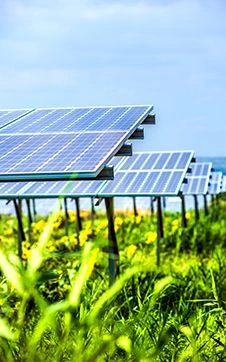
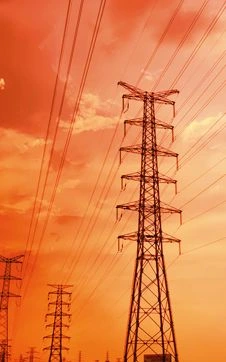
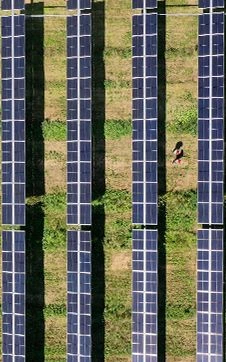
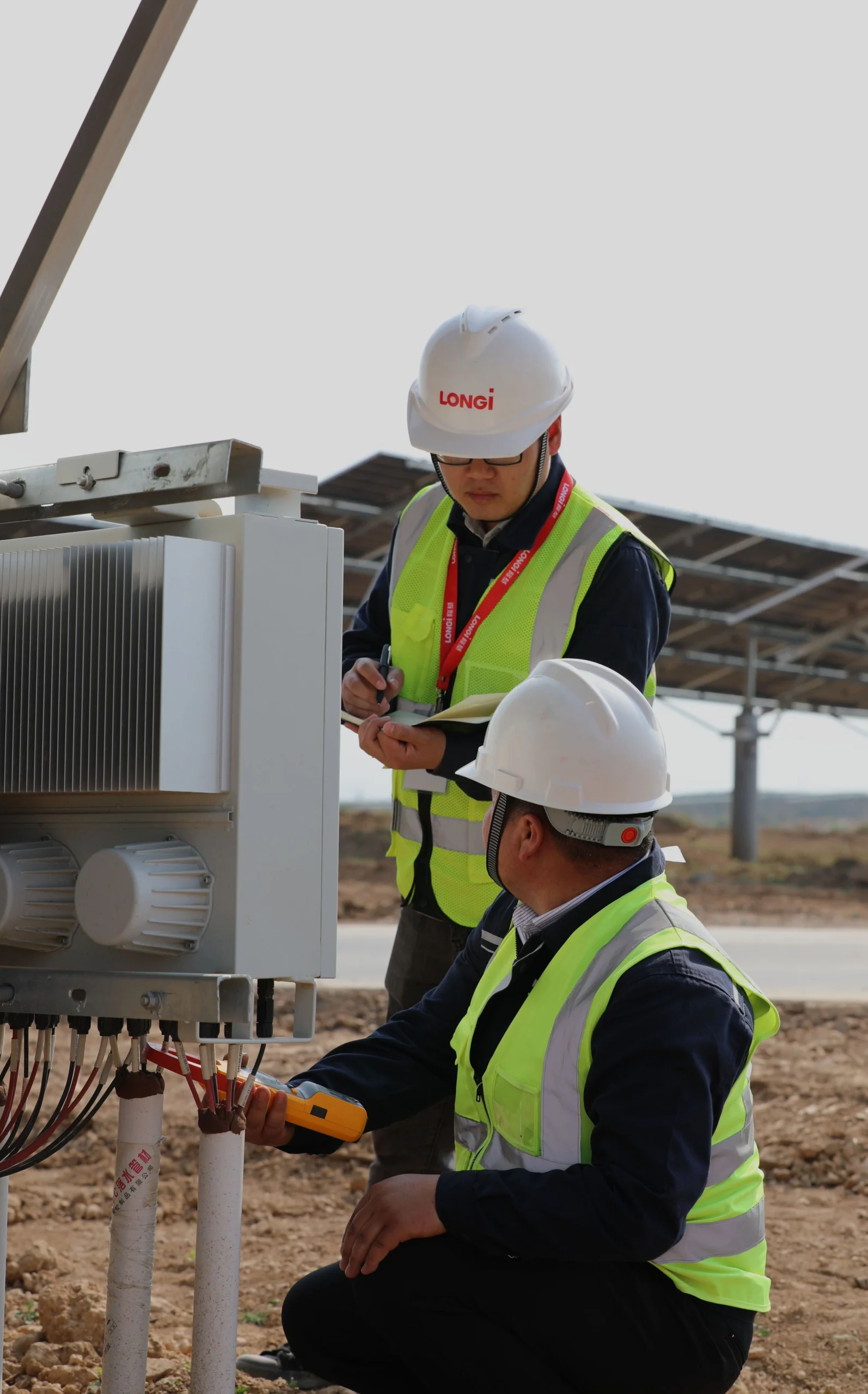
Eco-friendly PV Power Plants are environmentally-friendly, grid-friendly and customer-friendly. Compared with conventional power plants, they are superior in economics, performance, technology and emissions.
We offer detailed design and site surveys in the early development stages to reduce the amount of land used.
Mountainous terrain features slopes with different orientations and significant slope variations, and even deep gullies or hills in some areas. Therefore, the support system should be designed as flexibly as possible to improve the adaptability to complex terrain:
1.Change tall racking to shorter racking.
2.Use a racking structure which is more adaptable to terrain: single-row pile support with an adjustable column height difference, single-pile fixed support, or tracking support with adjustable elevation angle.
3.Use long-span pre-stressed cable support, which can help overcome the unevenness between columns.
Mountain PV power generation has certain requirements for terrain and orientation. Generally speaking, it is best to select a flat plot with a south slope (when the slope is less than 35 degrees). If the land has a slope greater than 35 degrees in the south, entailing difficult construction but high energy yield and small array spacing and land area, it may good to reconsider the site selection . The second examples are those sites with southeast slope, southwest slope, east slope, and west slope (where the slope is less than 20 degrees). This orientation has slightly large array spacing and large land area, and it can be considered as long as the slope is not too steep. The last examples are the sites with a shady north slope. This orientation receives limited insolation, small energy yield and large array spacing. Such plots should be used as little as possible. If such plots must be used, it is best to choose sites with a slope of less than 10 degrees.
The so-called complex mountain site features staggered gullies, multiple transitions toward slopes, and complex geological and hydrological conditions. At the beginning of design, the design team must fully consider any possible changes in topography. If not, modules could be obscured from direct sunlight, leading to possible issues during layout and construction.
Three general principles of PV design in the complex mountain: First, the natural terrain should not be completely denied or simply handled, it should be fully utilized after elaborate analysis, so as to extract the "surplus value" of the terrain to the maximum extent; Second, the 3D terrain shadow shading analysis should be used to sort out the seemingly complex and messy mountainous terrain and to design and evaluate it in blocks; Third, the shading patterns should be analyzed under different conditions, such as insufficient sunlight and slopes with different orientations. These analyses, combined with LCOE analysis, will help decide the optimal distance and tilt angle of the PV system needed to achieve maximum power generation.
LONGi offers professional consulting services, technical knowledge of solar-plus-energy storage integration solutions, and full life-cycle O&M capabilities.